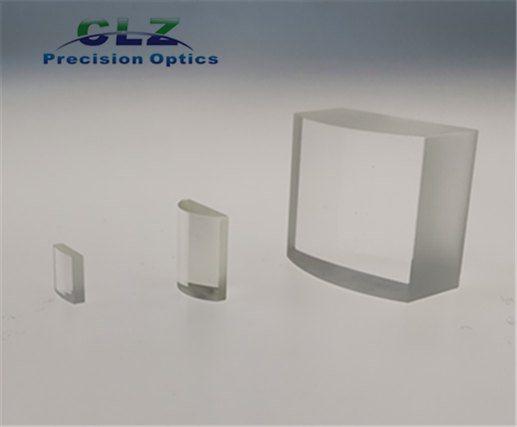5 Applications of Cylindrical Lenses
Mar. 01, 2025
Cylindrical lenses can change light in a single dimension due to their elongated shape. Cylindrical lenses differ in that they have a cylindrical surface. Since only one axis has a spherical radius, light converges, amplifies, or expands in only one direction. Since the light is concentrated in one dimension, this causes the image to be stretched. A cylindrical lens can be either plano-convex or plano-concave - the former will focus the beam, while the latter will expand it. Depending on your needs, you can choose the right cylindrical lens for your application.
What are the applications of a cylindrical lens?
Correction of Astigmatism
One of the main applications of cylindrical lenses is in ophthalmology, especially for the correction of astigmatism. When a person develops astigmatism, it is usually the result of corneal distortion. Astigmatic corneas have different focal points on different axes. The focal point of one of these axes can then be changed to overlap with the second axis using a cylindrical lens.
Laser Beam Shape Correction
Ideally, the light from the laser should be a perfect circle; however, semiconductor lasers exhibit an elliptical beam profile. It is therefore necessary to correct the beam profile so that we can collimate the beam and couple it to the fiber. We can correct this profile by placing a cylindrical lens with the main axis perpendicular to the fast axis of the laser beam.
Spectroscopy
A spectrometer usually uses a cylindrical lens in its design. It is usually placed after a diffraction grating element to focus light onto a single line incident on a linear photodetector.
Laser Line Scanning
This is a technique used to capture the shape of a 3D object into a digital copy. It is particularly useful in manufacturing, prototyping, landscaping and architecture. This scanning technique measures the deformation of a straight line created by a cylindrical lens at incidence to a non-planar surface. By using a camera and triangulation, it is possible to measure the change in the shape of our laser line and thus estimate the shape of the object we are measuring. If you would like to learn more about laser line scanning, please post a comment.
Laser Scanning Microscopes
They are often used in combination with an acousto-optical deflector, where the focus of the variable lens (acousto-optical element) can change its position laterally without the use of movable parts. A cylindrical lens corrects the image and helps focus the spot to the correct plane for laser scanning microscopy.
Are you interested in learning more about cylindrical lenses for sale and how they can benefit you? Contact us today to secure an expert consultation!
Previous: Fused Silica VS Quartz




















